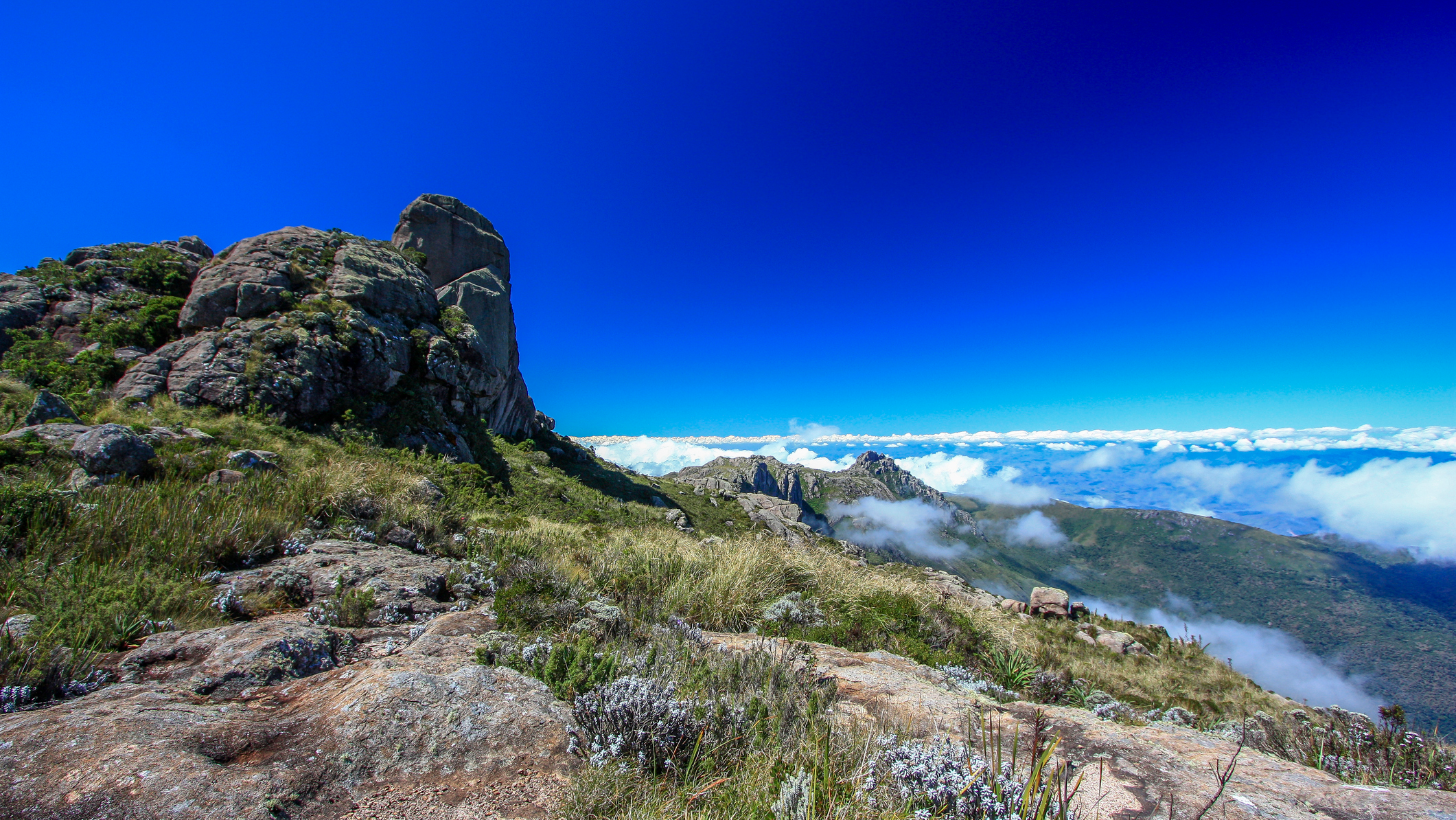How to make yourself searchable when disaster strikes on a hike – 4 expert tips from mountain rescue
Even with your GPS coordinates, searching for you on a boulder field is a lot like looking for a needle in a haystack
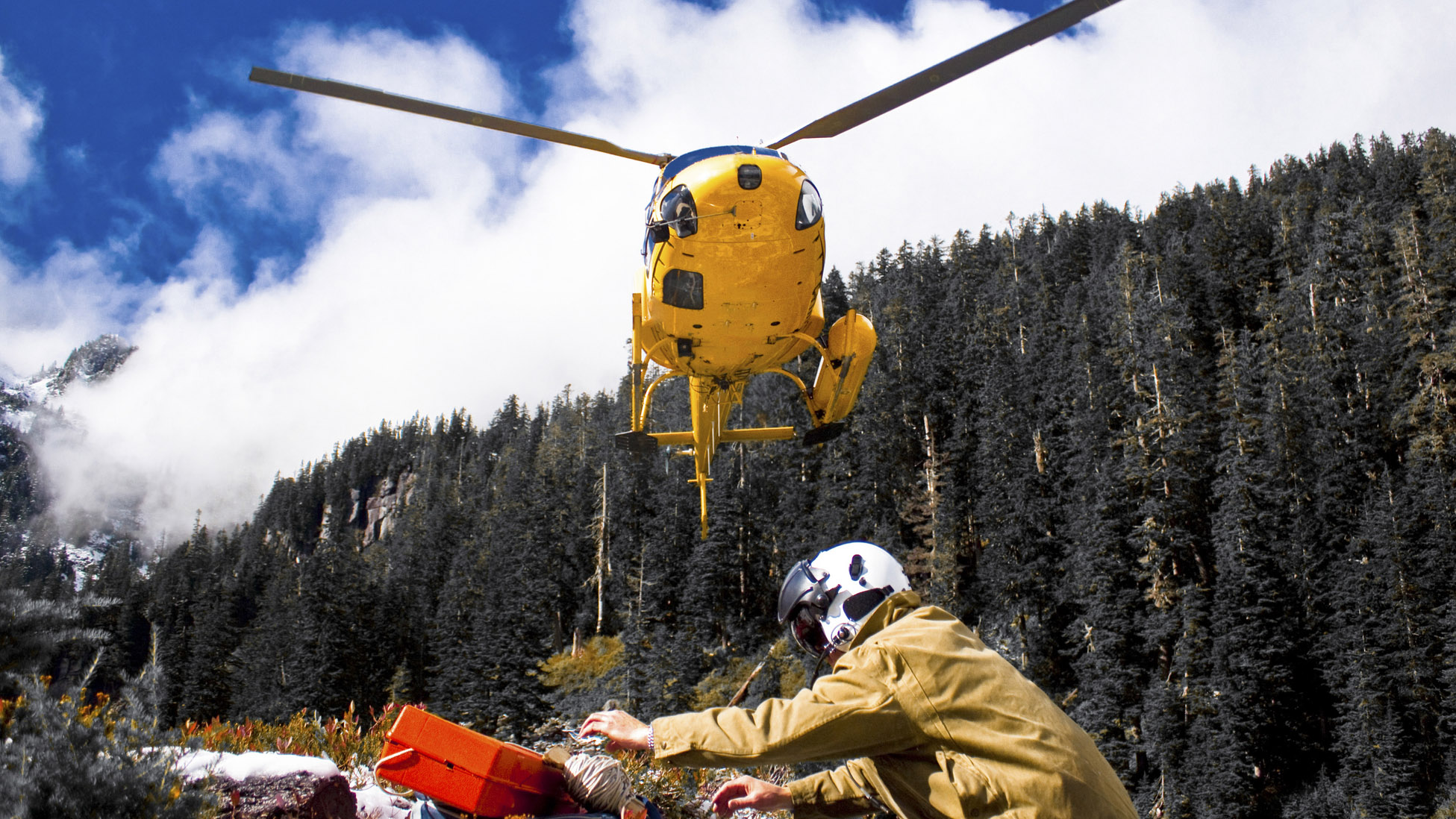
Hiking safety begins at home. When you’re planning a hike, you want to make thorough preparations, from researching your route to packing the 10 essentials and wearing good hiking boots to help you tackle tough terrain.
But even the best-laid plans can result in a sprained ankle, falling rock or taking a wrong turn, and if you find yourself in a situation requiring mountain rescue, don’t think it’s as simple as firing off an alert using the Apple Emergency SOS feature and then making yourself comfortable until the cavalry arrives.
One of the biggest challenges that rescue teams face is locating parties who have gone missing or sent out a distress call. Even with your GPS coordinates, searching for you on a boulder field is a lot like looking for a needle in a haystack.
For that reason, Colorado’s Alpine Rescue Team recently sent out a series of helpful tips for mountain users on making themselves searchable. The ART is a group of highly trained volunteer rescue mountaineers and this simple advice is easy to execute and might save your life.
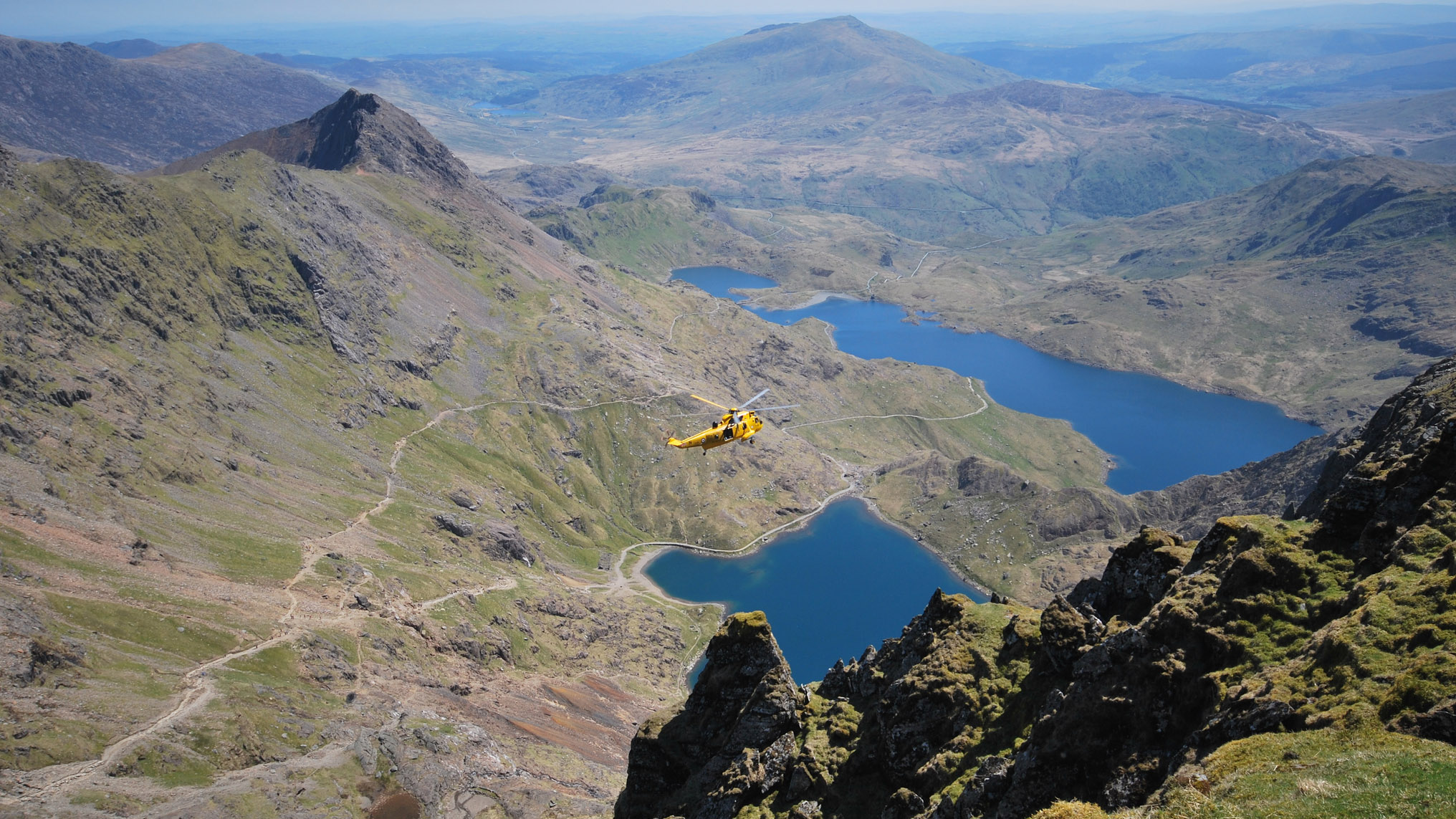
1. Tell someone where you’re going
As we’ve previously explained, leaving a detailed trip plan with someone else is a simple act that could save your life if you find yourself in hot (or very cold) water on an adventure. If you fail to make it back to the trailhead, someone who knows exactly what trail you were planning to be on and what time you left can really speed up the time it takes for your rescuers to narrow down your location.
Learn exactly what details you should provide in our article on leaving a trip plan, pick a responsible person, and make sure they know when and how to call for help if you need it.
2. Have what you need to signal for help
There’s a good chance that mountain rescue might not reach you until night time, in adverse conditions, or that you’ll be off-trail and in a hard-to-reach spot. For this reason, it’s vital that you carry a whistle to alert rescuers to your location when they get close (All Osprey backpacks like the Talon Earth 22 are fitted with one) and either a flashlight or headlamp that you can flash for night signaling. Learn more in our article on how to call for help.
Advnture Newsletter
All the latest inspiration, tips and guides to help you plan your next Advnture!
Additionally, ART recommends you wear clothing or carry gear with reflective details. This can be especially helpful if you’re hurt and unable to signal for help of your own accord. Reflective details are more commonly found on road running gear than hiking gear, for obvious reasons perhaps, but you can still find it on hiking clothes like the Columbia Hazy Trail Waterproof Walking Trousers.
While we’re on this topic, clothing and backpacks already fitted with a RECCO reflector such as the Helly Hansen Odin 1 World Infinity Shell Jacket are similarly helpful as a backup if you’re venturing into alpine areas with avalanche risk.
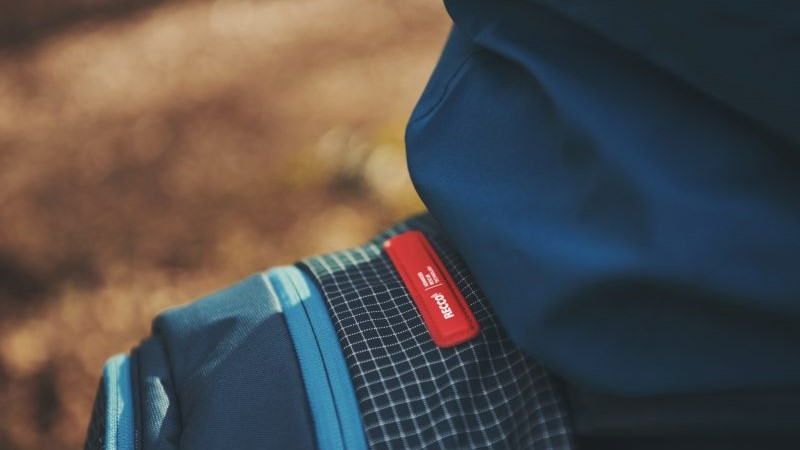
3. Embrace tech (mentally and physically)
We know, you go hiking to get away from screens and unplug, but mountain rescuers are unequivocal on this – tech can save your life. The ART advises carrying an avalanche beacon in winter (and in winter conditions in any season) as well as enabling the location transmitting function on your phone.
For heading into the backcountry where cell service tends to be non-existent, you can still call for help if you have a satellite communicator such as the Garmin InReach. If you have an Apple Watch or an iPhone 14 or newer, the Emergency SOS function will work when you’re out of service and has been saving lives including that of a snowmobiler stranded in the Alaskan wilderness.
Furthermore, it’s important that you don’t just pack these items away in your backpack in case you need them. Just last month, a professional avalanche forecaster in Colorado was swept up in a slide and pinned against a tree where he was unable to reach his phone and summon help. The best place for your electronic device is the chest pocket or hand-warming pocket on your jacket, not the thigh pocket of your hiking pants or inside your backpack where you might be unable to reach it.
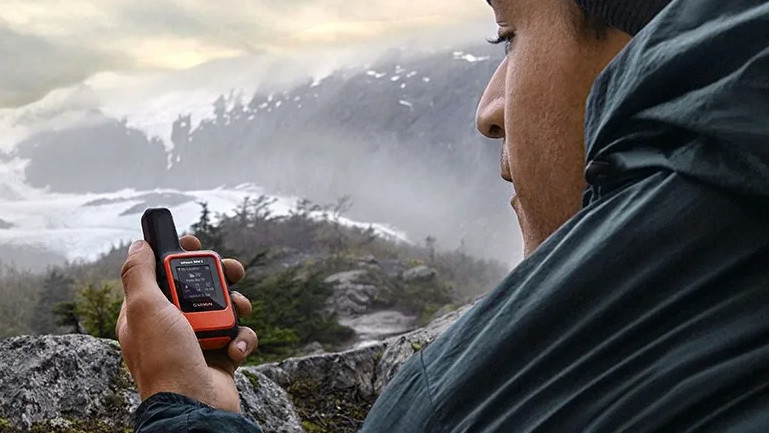
4. Brighten up
As we’ve mentioned in our article on what color clothes to wear hiking, there’s a certain contingent of mountaineers that believe hiking in a bright yellow fleece flies in the face of Leave No Trace, but as ART says, “In a pinch, which is more important?”
It’s true that a lot of hiking gear comes in more muted colors, like brown hiking boots and grey pants, and while they’re definitely easier on the eye, it does mean that you blend into the landscape – and that’s something you really don’t want if rescuers are trying to spot you.
Dark and muted colors will naturally make it much harder for others to see you, something that has been pointed to as an explanation for why it took over six months to find the remains of missing actor Julian Sands on Mount Baldy. As ART explains, it’s important to dress in bright colors like the Montane Protium Lite Pull On which comes in a fire engine red and a brightly colored waterproof jacket and not just carry them in your backpack in case you become incapacitated.
Julia Clarke is a staff writer for Advnture.com and the author of the book Restorative Yoga for Beginners. She loves to explore mountains on foot, bike, skis and belay and then recover on the the yoga mat. Julia graduated with a degree in journalism in 2004 and spent eight years working as a radio presenter in Kansas City, Vermont, Boston and New York City before discovering the joys of the Rocky Mountains. She then detoured west to Colorado and enjoyed 11 years teaching yoga in Vail before returning to her hometown of Glasgow, Scotland in 2020 to focus on family and writing.

